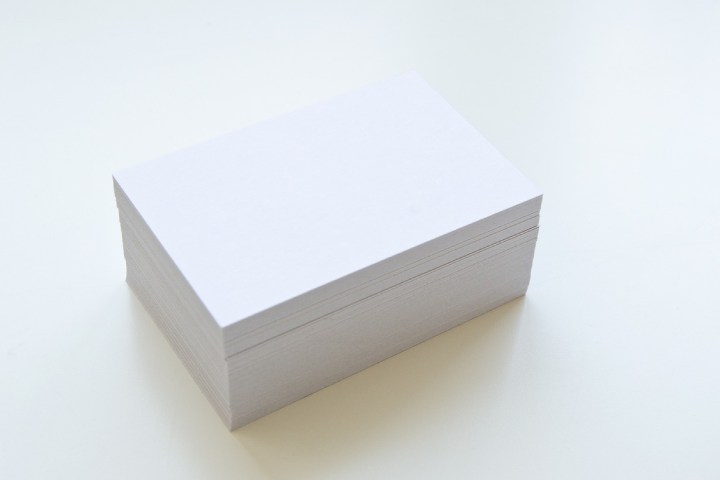Material And Tips For Business Cards

For entrepreneurs, business cards are the ideal companion when they regularly contact customers or business partners. In the freelance sector, business cards are particularly beneficial for self-employed people. Precisely because this card represents the respective company, those concerned should consider the design and material.
Table of Contents
The Material Thickness Of The Paper
The choice of paper is the most critical element for success or failure in serious business card design. Although the optimal paper thickness also depends on its intended use, a grammage of at least 250 g/m 2 and, even better, 300 g/m 2 is recommended. Exceptionally stable business cards have a grammage of 400 gsm.
Types of Paper
The type of paper depends on the message you want to convey. The content and design must also be considered when choosing a paper. A representative of organic products will prefer a slightly rough form with a natural grain. But a modern company is more likely to rely on a smooth, possibly reflective surface. Some examples of paper types:
Textured paper
has a grained structure like on canvas. It feels slightly ribbed.
Pearlescent
feels lightly coated and smooth. It is a shimmering type of paper with a soft sheen.
Natural paper
is a rough, subtle paper that is easy to write on by hand.
Matte recycled paper
feels like a coated greeting card. And is 100% recycled paper.
Digital Printing Makes a Difference
Have your cards printed by a professional like Kreativbunker.de instead of using your printer at home. These devices are usually not robust, which could give a layman’s picture. Digital printing from professionals opens up new possibilities for colours, finishes, paper types and formats. Try it.
Business Card & Varnishes
Different varnishes, embossings and foil laminations are now available to refine business cards. Partial varnishes printed over your name or logo make these stand out. Whether a coloured finish with silver foil or transparent relief varnish, you can let your creativity run wild.
Relief varnish
Relief varnish is a design element on business cards and stands out thanks to the raised, smooth, glossy layer. The varnish is applied thickly and hardened during screen printing, creating an exciting structure similar to a relief – hence the name. This finish feels good and is an absolute eye-catcher.
UV varnish
Thanks to its complex surface, UV varnish has excellent protective properties, is hard-wearing, retains its value and is abrasion-resistant. UV varnish impresses as a partial or spot UV in selected areas of your design with a colourless high gloss.
Print Business Cards On One or Two Sides
Use the space and print your business card on both sides. This means you can exploit your full potential. The back is ideal for jotting down appointments, providing insight into your company, or stamping loyalty points. You could use the business card as a label when selling handmade goods.
